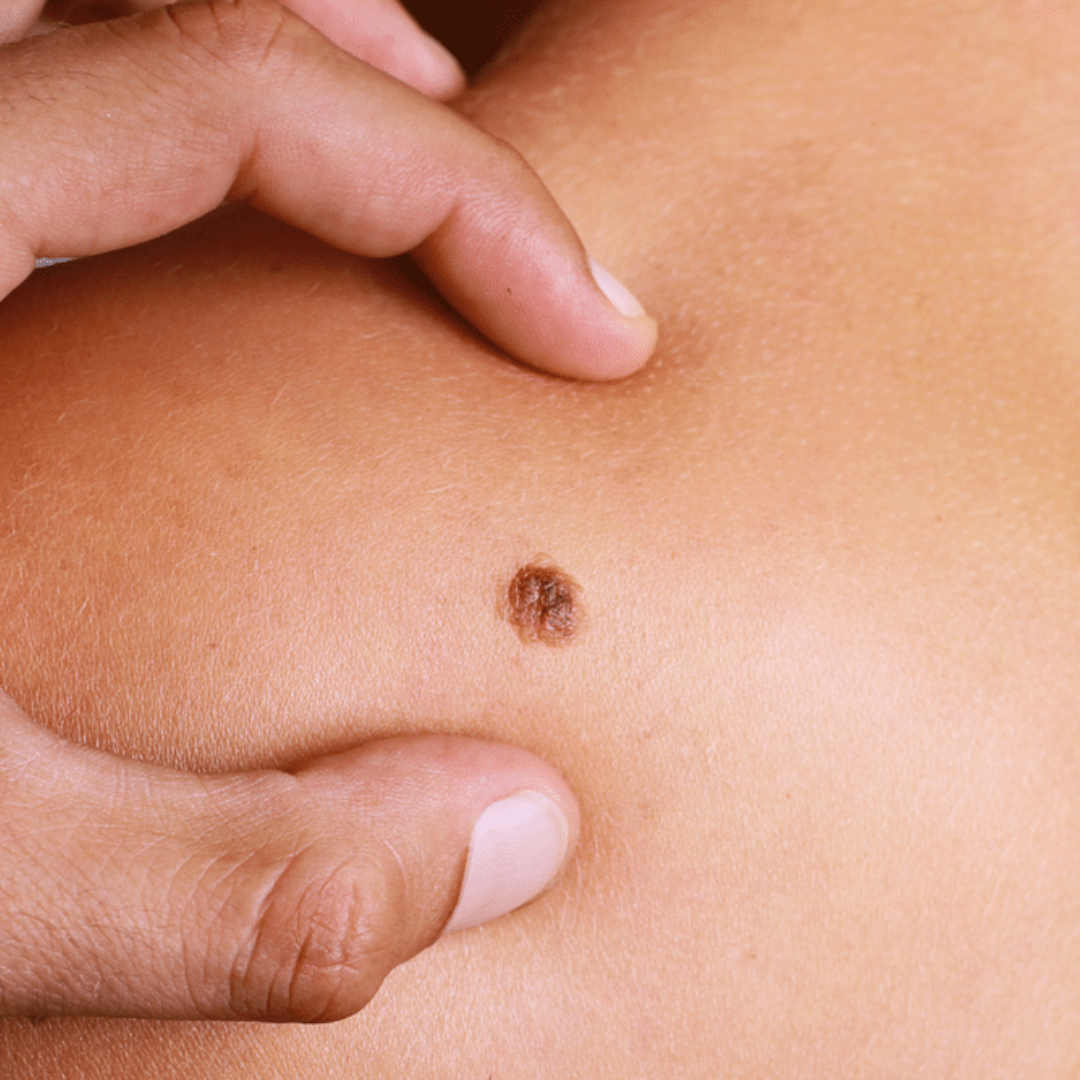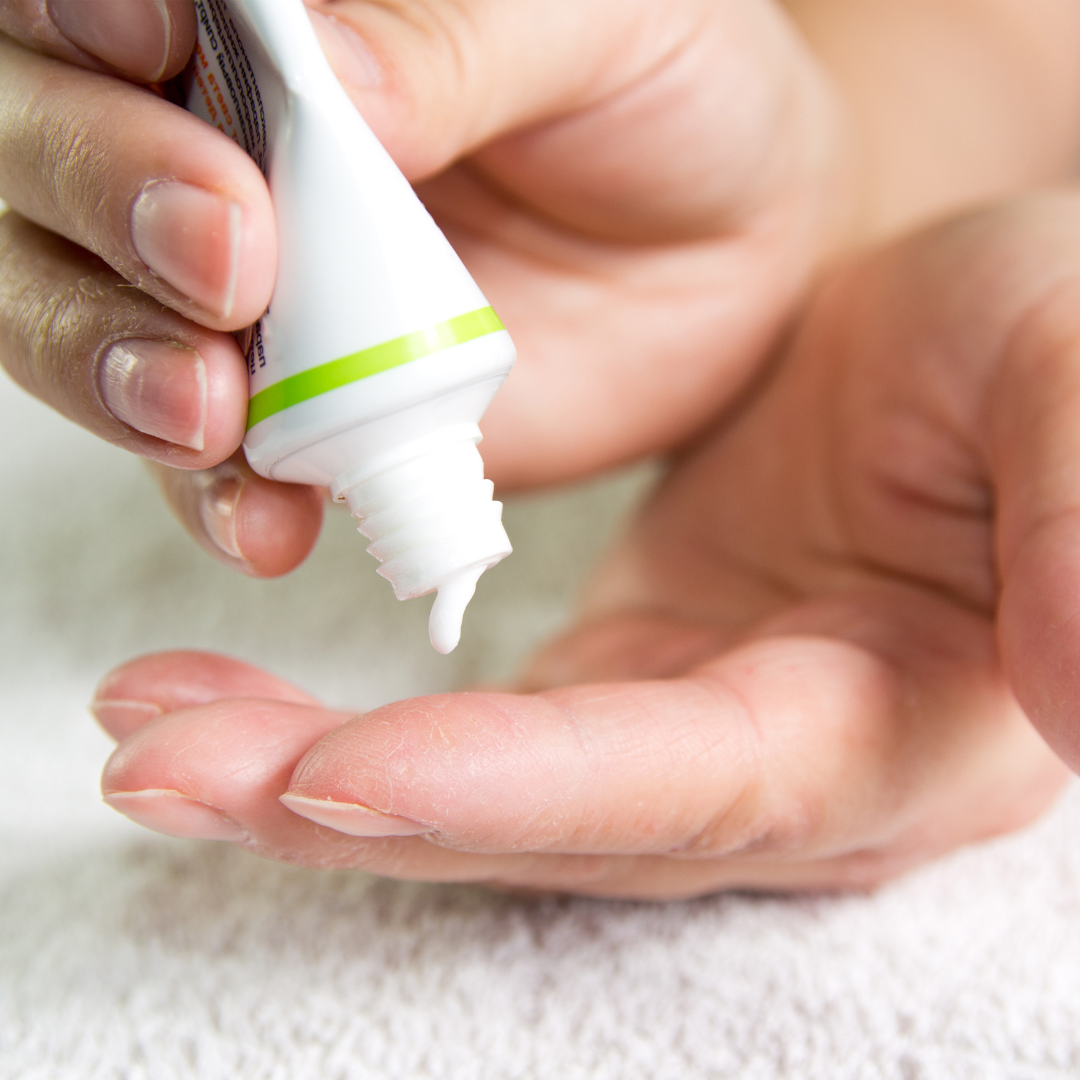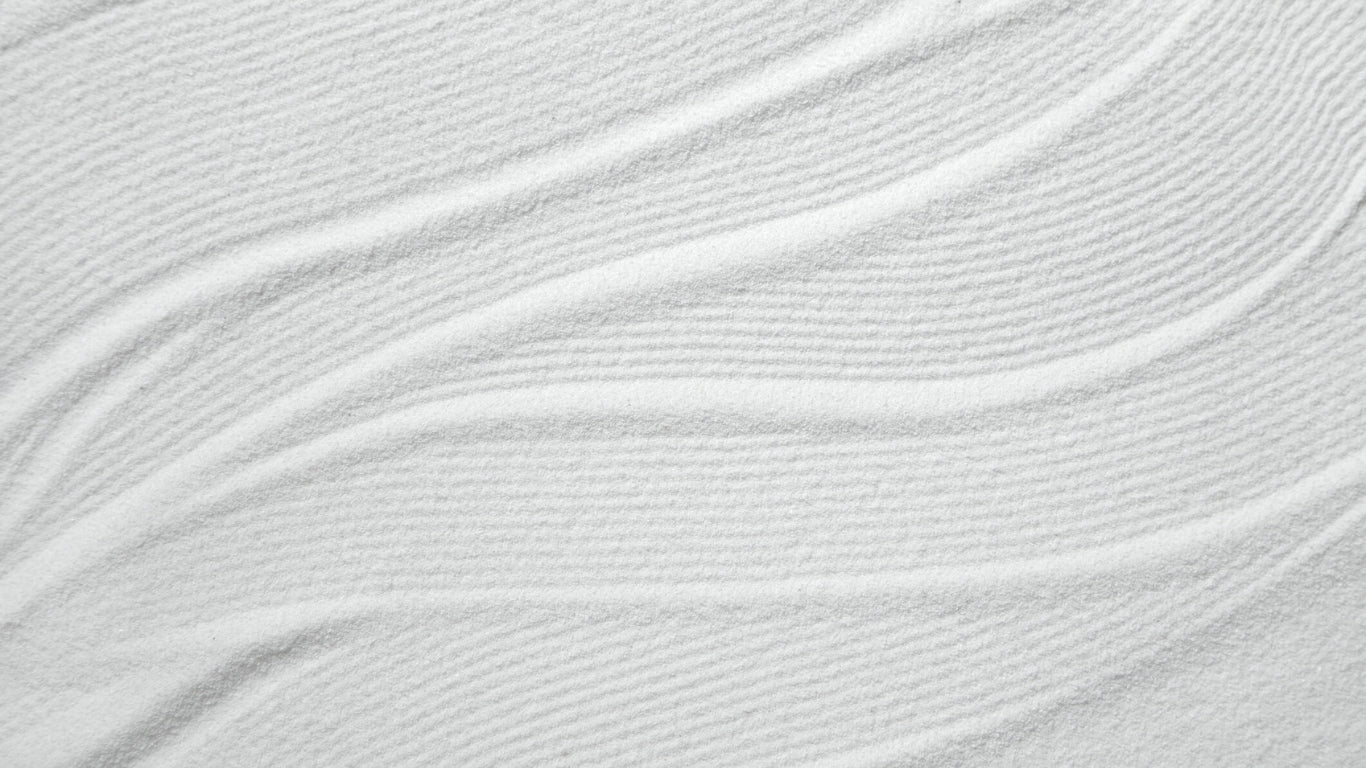
MOLE REMOVAL
Safe & Precise Medical & Cosmetic Mole Removal
Mole removal is a minor surgical or laser procedure designed to remove unwanted, changing, or suspicious moles. This may be done for medical reasons (to rule out skin cancer) or for cosmetic purposes.
TREATMENT PROCESS
1. Consultation and Skin Assessment
2. Treatment Planning
3. In-Clinic Mole Removal Procedure
4. Post-Treatment Care
5. Results & Follow-Up
Your treatment begins with a thorough skin assessment by one of our experienced doctors. We evaluate the mole’s appearance, size, and behaviour to determine if removal is required for medical, preventative, or cosmetic reasons. If the mole appears suspicious, we may recommend biopsy or pathology testing following removal.
Based on your needs and the location of the mole, your doctor will recommend the most suitable method:
- Surgical Excision for suspicious or deeper moles.
- Shave Excision for raised but superficial moles.
- Laser Mole Removal for small, non-cancerous moles being removed for cosmetic purposes.
The procedure, expected outcomes, aftercare, and any costs will be clearly explained during this consultation.
Your procedure will be performed in our sterile, in-clinic treatment room.
- A local anaesthetic is applied to ensure a pain-free experience.
- The selected technique is used to remove the mole with precision and care.
- If surgical excision is required, followed by a sterile dressing.
Most procedures are completed within 15–30 minutes, and you’ll be able to return home the same day.
You’ll be given clear aftercare instructions to support optimal healing and reduce scarring. This includes:
- Keeping the area clean and dry for the first 24 hours.
- Applying antiseptic ointment as directed.
- Avoiding and excessive movement around the site.
If stitches are placed, a follow-up will be booked for removal in 7–14 days.
If the mole was removed for medical reasons, pathology results will be discussed in a follow-up appointment.
For cosmetic removals, we monitor healing and provide advice on scar prevention and skin maintenance. We also offer ongoing skin checks if you're at risk of developing new or changing moles.





What is Mole Removal?
Mole removal is a minor surgical or laser procedure designed to remove unwanted, changing, or suspicious moles. This may be done for medical reasons (to rule out skin cancer) or for cosmetic purposes.
Types of Mole Removal & Aftercare
Types of Mole Removal
- Surgical Excision: The mole is cut out with a margin of healthy skin, then closed with stitches.
- Shave Excision: The mole is shaved off the surface of the skin, leaving minimal scarring.
- Laser Mole Removal: A non-invasive option for cosmetic mole removal, ideal for smaller, non-cancerous moles.
Mole Removal Aftercare
- Keep the area clean and dry for the first 24 hours.
- Apply antiseptic ointment to promote healing.
- Avoid sun exposure to reduce the risk of scarring.
When should a mole be removed?
A mole should be removed if it is changing in size, shape, or colour, becomes itchy, painful, or bleeds, or if a doctor suspects it may be cancerous. Moles can also be removed for cosmetic reasons if they are bothersome or unsightly.
What are the different types of mole removal?
There are three main methods:
- Surgical Excision: The mole and a margin of surrounding skin are cut out and closed with stitches.
- Shave Excision: The mole is shaved off the skin’s surface, leaving minimal scarring.
- Laser Mole Removal: A non-invasive procedure that removes small, non-cancerous moles with minimal downtime.
Does mole removal leave a scar?
Some scarring is possible, but our doctors use precise surgical techniques to minimise scarring. Shave excision and laser mole removal typically result in less noticeable scars.
Is mole removal painful?
No, mole removal is performed under local anaesthesia, ensuring a pain-free experience. After the procedure, some mild discomfort may be present, but it is easily managed.
How long does mole removal take?
Most mole removal procedures take 15-30 minutes, depending on the size and location of the mole.
What is the recovery time after mole removal?
Healing time depends on the removal method:
- Shave excision and laser removal: A few days to a week.
- Surgical excision: 7-14 days, with stitches removed if required.
Will I need stitches after mole removal?
- Surgical excision: Stitches are needed and are removed after 7-14 days.
- Shave excision and laser removal: No stitches are required.
What aftercare is required following mole removal?
- Keep the area clean and dry for the first 24 hours.
- Apply antiseptic ointment as instructed.
- Avoid direct sun exposure to reduce scarring.
- Follow up with your doctor if signs of infection, redness, or swelling occur.
Can I go back to work after mole removal?
Yes, most patients can return to work the same day, but avoid heavy exercise or activities that may irritate the area for a few days.
What happens if the mole is found to be cancerous?
If pathology confirms skin cancer, your doctor will discuss further treatment options, which may include wider excision or additional tests.
Can I have a mole removed for cosmetic reasons?
Yes, many people choose to remove moles for aesthetic reasons, particularly on the face, neck, or other visible areas.
How much does mole removal cost?
- Medically necessary mole removal may be Medicare-rebated.
- Cosmetic mole removal is not covered by Medicare and may require an out-of-pocket cost.
Can I remove a mole at home?
No, home mole removal kits and DIY methods are not safe and may increase the risk of infection, scarring, or incomplete removal of potentially cancerous cells.
How do I know if a mole is cancerous?
Look for the ABCDE rule of melanoma:
- Asymmetry – One half does not match the other.
- Border – Irregular or poorly defined edges.
- Colour – Uneven shades of brown, black, red, or white.
- Diameter – Larger than 6mm or increasing in size.
- Evolving – Changing in size, shape, colour, or texture.
If you notice any of these signs, book a skin check immediately.




